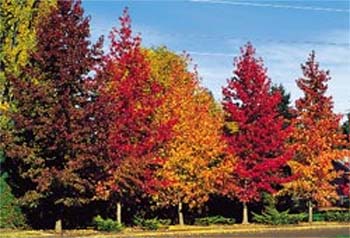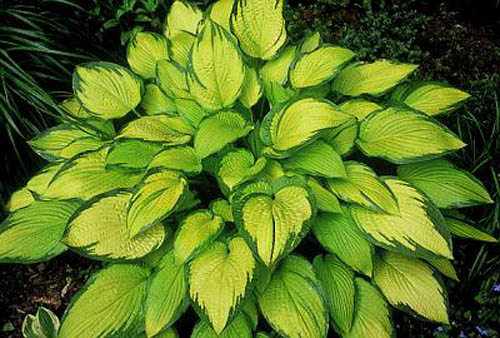Brad Pedersen in Weed Control in Lawns and Other Turf says “Weeds are simple plants out of place.” We have often observed plants being cultivated in one section of the country while in other parts valiant efforts are being made to eradicate it. One man’s weed is another man’s orchid. So it is with weeds in the well-groomed Eurasian lawns. Weeds are easy to see because of their different texture and color. Some weeds, like dandelions and henbit, even put on a Spring floral show for us.
The first step in controlling weeds in the lawn is to identify what types are present. There are many books, pamphlets, and even web sites such as Rutger University’s Weed Image Collection at http://www.rce.rutgers.edu/plantimagecollections.htm to help you identify most lawn weeds. Another good source is your local County Extension Agent. Lawn weeds fall into two types, Grass Weeds such as crab grass and quack grass, and Broadleaf Weeds such as dandelions and plantain. Grass weeds are usually best treated with a preemergent herbicide while broadleaf weeds respond best to postemergent while cultural control can be used effectively on both. In this issue of Yard talk, we will be discussing broadleaf weed control.
Broadleaf weeds occur naturally in all soils, their seeds can be viable for over 50 years and each plant produces thousands of these seeds. Everything we do in the lawn has the potential for introducing weeds. Broadleaf weeds can be annual or perennial and are extremely hardy. There are three types of controls available to the homeowner, postemergent herbicides, cultural control, or a combination of both.
The preferred method of control is cultural. A dense, healthy, and vigorous growing turf are your best defense. Weed invasions only happen when there is an underlying turf problem such as when knotweed takes over when the lawn soil becomes compacted. Weeds can often be controlled by simple changing our maintenance practices such as:
- Mow at a minimum height of three inches.
- Do not mow in hot dry weather.
- Water one to three times a week.
- Water to a depth of six inches- at least one inch of water a week.
- Maintain the lawn’s proper pH.
- Apply an adequate balanced fertilizer.
- Aerate your lawn at least every three years.
- Remove any thatch build up.
- Thin overhanging trees and shrubs.
- Regularly topseed any developing thin spots.
It is much easier to properly maintain a lawn than it is to try to get rid of broadleaf weeds.
Postemergent herbicides are also used to control actively growing broadleaf weeds. Broadleaf herbicides available to the homeowner contain 2,4-D, Mecoprop, Dicamba, or a combination of the three. To be effective postemergent herbicides must be:
- Applied when the weeds are growing vigorously.
- Not applied during dry conditions.
- Applied when the temperature is between 60*F and 85*F.
- Reapplied if it rains within 24 hours of application.
- Applied in the early Fall or Summer.
In addition you do not want to:
- Water within 48 hours of application.
- Mow within 24 hours of treatment.
- Apply to newly sodded lawns.
- Mow lawns within three days of application.
Above all else, you want to make sure you understand and follow the directions on the herbicide of your choice. If you are not sure of what you are doing, hire a professional.
While we consider cultural control the best method, we realize herbicide application or a combination may be necessary. Use herbicides sparingly or even consider spot treatment of problem areas. The University of Delaware has an excellent pamphlet called Your Lawn’s 25 Worst Weed Enemies that can be viewed athttp://bluehen.ags.udel.edu/deces/hyg/hyg-45.html that can help you match specific weeds with the best treatment. Again, if in doubt, ask a professional for help.
The best choice is to keep those lawns healthy, dense, and vigorously growing so you do not have to worry about weeds. All the other choices involve a whole lot more work.



